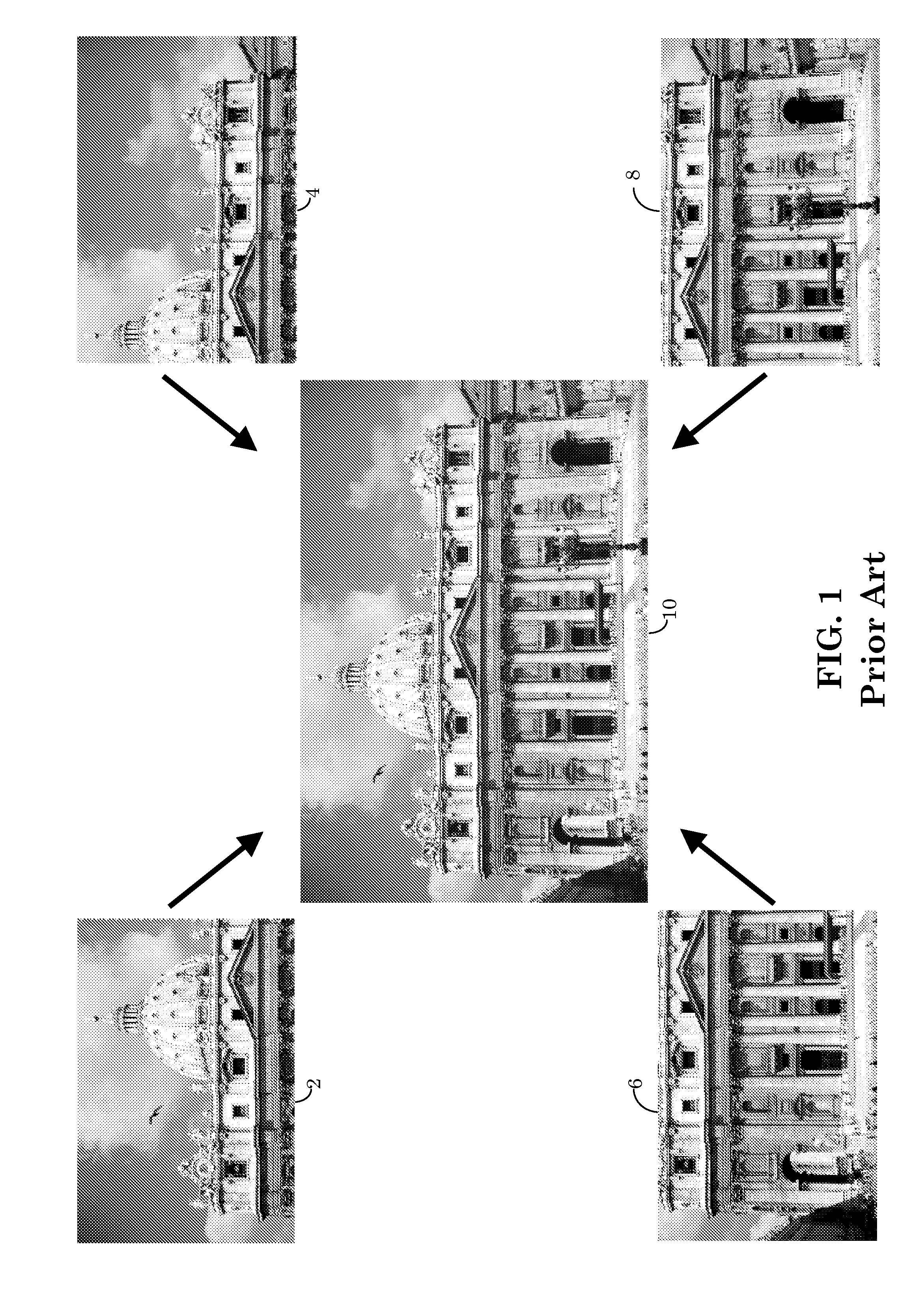Small vein image recognition and authorization using constrained geometrical matching and weighted voting under generic tree model
a generic tree model and geometric matching technology, applied in the field of computer vision, can solve the problems of large libraries, inability to directly apply computer vision techniques to the field of biometrics, and inability to condense most biometrics to a list of definable, predictable, distinguishing features,
- Summary
- Abstract
- Description
- Claims
- Application Information
AI Technical Summary
Benefits of technology
Problems solved by technology
Method used
Image
Examples
Embodiment Construction
[0080]People have many distinctive and personal characteristics that distinguish one person from another. Some examples of these distinguishing characteristics are fingerprints, facial features, vein (or blood vessel) patterns in various parts of the body, voice point, etc. The use of one (or a combination of) such distinguishing characteristics, or traits, to identify (or to verify the identity of) someone is termed Biometrics.
[0081]Finger vein recognition is a new biometric identification technology based on the fact that different fingers have different vein patterns. Using vein image for recognition and authentication is non-intrusive and robust against finger surface condition. An attractive attribute of vein recognition is its strong immunity to forgery since the underlying vein pattern is inside the human body and visible only under infrared light, and thus is invisible to the naked eye.
[0082]For ease of illustration, the present invention is herein described as applied to ve...
PUM
 Login to View More
Login to View More Abstract
Description
Claims
Application Information
 Login to View More
Login to View More - R&D
- Intellectual Property
- Life Sciences
- Materials
- Tech Scout
- Unparalleled Data Quality
- Higher Quality Content
- 60% Fewer Hallucinations
Browse by: Latest US Patents, China's latest patents, Technical Efficacy Thesaurus, Application Domain, Technology Topic, Popular Technical Reports.
© 2025 PatSnap. All rights reserved.Legal|Privacy policy|Modern Slavery Act Transparency Statement|Sitemap|About US| Contact US: help@patsnap.com



